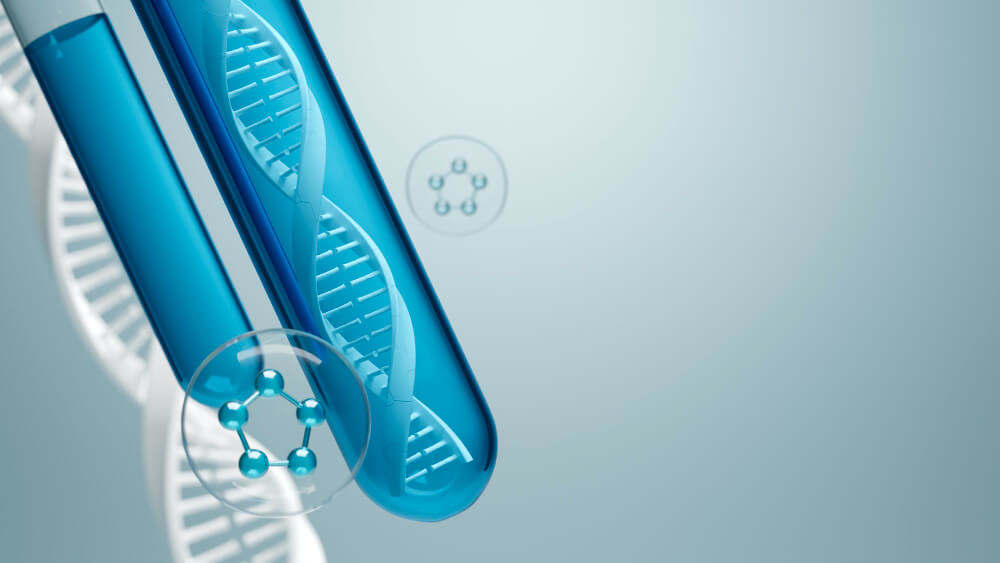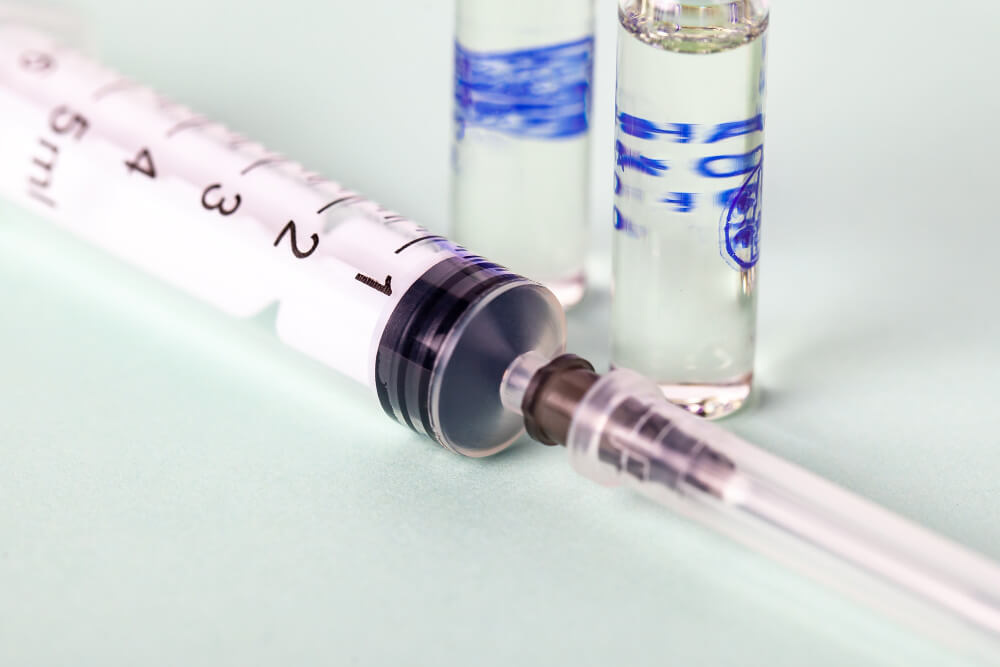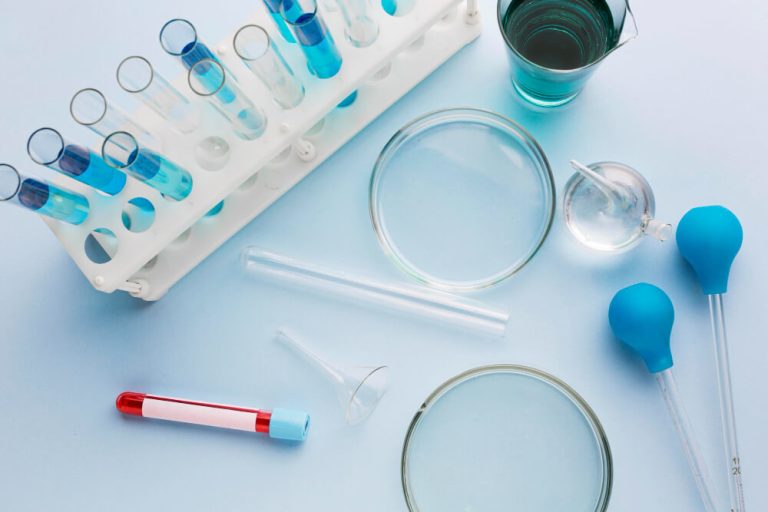Gut Health Training: Unlock Your Body’s Full Potential
Have you ever felt sluggish, bloated, or just not quite yourself, without any obvious reason? Many of us dismiss these feelings as a normal part of a busy life. But what if the key to unlocking better energy, a clearer mind, and a stronger immune system resides in a place you might not expect: your gut.
Your digestive system is so much more than a simple food processing plant. It’s a complex, intelligent ecosystem, often called the body’s ‘second brain’, that influences nearly every aspect of your well-being. The journey to harnessing its power begins with a dedicated approach, a concept known as gut health training. This isn’t about a quick fix or a fad diet; it’s a holistic strategy for nurturing your internal world.
This comprehensive training involves understanding the intricate community of microorganisms living within you and learning how to support them through diet, lifestyle, and mindful choices. By committing to this process, you can fundamentally change your health from the inside out, paving the way for improved vitality and longevity.

Why Should You Care About Your Gut Health?
It’s easy to think of the gut in terms of digestion alone. If you aren’t experiencing obvious stomach upset, you might assume everything is fine. However, the influence of your gut extends far beyond the digestive tract, playing a critical role in your body’s most essential functions.
A healthy gut is central to a robust immune system. In fact, a staggering 70 to 80 percent of your immune cells are located in your gut. The microorganisms that live there help train your immune cells to differentiate between friendly compounds and harmful invaders, acting as your first line of defense against pathogens.
Then there’s the profound connection between your gut and your brain, known as the gut-brain axis. This is a constant, two-way communication highway. Your gut microbes produce hundreds of neurochemicals that the brain uses, including serotonin and dopamine, which regulate mood, happiness, and motivation. An imbalanced gut can contribute to feelings of anxiety, depression, and brain fog.
Your skin is often a mirror of your internal health. Conditions like acne, eczema, and rosacea have been linked to gut inflammation and an imbalanced microbiome. By healing your gut, you can often see a dramatic improvement in your complexion.
Furthermore, chronic inflammation, which originates in the gut, is a root cause of many modern diseases. A healthy gut lining prevents toxins and undigested food particles from leaking into the bloodstream, a condition known as ‘leaky gut’. This process helps lower systemic inflammation and reduces the risk of developing chronic conditions over time.

What Is the Gut Microbiome?
When we talk about the gut, we’re really talking about the gut microbiome. Imagine a vast, bustling metropolis hidden inside you, populated by trillions of citizens. These citizens are microorganisms, including bacteria, viruses, fungi, and other microbes, that live primarily in your large intestine.
This internal ecosystem is as unique to you as your fingerprint. You have more microbial cells in your body than human cells, and together they weigh as much as your brain. This community isn’t just along for the ride; it performs critical functions that your body can’t do on its own.
Within this microbial city, there are both beneficial and potentially harmful residents. In a healthy gut, the beneficial microbes are in charge. They help digest food, synthesize essential vitamins like K and B vitamins, protect against pathogens, and regulate your immune system. They keep the harmful microbes in check, maintaining a state of balance or ‘eubiosis’.
The problems begin when this delicate balance is disrupted, a condition called ‘dysbiosis’. This is when the population of harmful microbes grows, and the beneficial ones diminish. Dysbiosis can be caused by a poor diet, chronic stress, lack of sleep, or overuse of antibiotics, and it’s the underlying factor in many of the health issues we’ve discussed.

How Do You Know If Your Gut Is Unhealthy?
Your body has ways of sending signals when your gut microbiome is out of balance. Learning to recognize these signs is the first step in taking control of your gut health. Some are obvious, while others are more subtle and easily overlooked.
The most direct signs relate to your digestion. Frequent gas, bloating, heartburn, constipation, or diarrhea are classic indicators that something is amiss in your digestive tract. These symptoms suggest that your gut is struggling to process food properly and that there may be an imbalance in your gut flora.
Unintentional weight changes can also be a clue. An unhealthy gut can impair your body’s ability to absorb nutrients, regulate blood sugar, and store fat. Weight loss may occur due to malabsorption, while weight gain can be linked to insulin resistance and inflammation driven by gut dysbiosis.
Constant fatigue and poor sleep quality are also strongly connected to gut health. As mentioned, a large portion of serotonin, a hormone that affects both mood and sleep, is produced in the gut. Gut damage can impair your ability to sleep well, leading to chronic fatigue that isn’t resolved with rest.
Skin irritation is another common external sign. Inflammation in the gut caused by a poor diet or food allergies can cause proteins to ‘leak’ into the body, which can in turn irritate the skin and cause conditions like eczema, psoriasis, and acne. Looking for ways to improve your gut can be a great first step, and there are many simple tips you can follow to boost your gut health.
Finally, food intolerances can be a result of poor quality of bacteria in the gut. This may lead to difficulty digesting certain foods and unpleasant symptoms like bloating, gas, and abdominal pain. This is different from a true food allergy, which is an immune system response.

What Are the Pillars of Gut Health Training?
Improving your gut health is a multifaceted process that involves more than just eating yogurt. True gut health training rests on several key pillars that work together to restore balance to your internal ecosystem. By focusing on these core areas, you can build a resilient and diverse microbiome.
These pillars include your diet, the strategic use of prebiotics and probiotics, and crucial lifestyle factors like stress management, sleep, and exercise. Each one plays a distinct but interconnected role in shaping the community of microbes within you.

How Does Diet Impact Your Gut Microbiome?
Your diet is arguably the most powerful tool you have for shaping your gut microbiome. The food you eat directly feeds the trillions of microbes living in your gut, and what you choose to put on your plate can either help the good guys flourish or fuel the bad guys.
The single most important nutrient for your beneficial gut bacteria is fiber. Humans cannot digest fiber, but your gut microbes can. They ferment it and produce powerful compounds called short-chain fatty acids, or SCFAs. These SCFAs, like butyrate, provide energy for the cells lining your colon, strengthen the gut barrier, and reduce inflammation throughout the body.
To get enough fiber, focus on a wide variety of plant-based foods. This includes fruits, vegetables, whole grains, legumes, nuts, and seeds. A key principle for a healthy microbiome is diversity. Eating a wide range of different plants feeds a wider range of beneficial bacteria, creating a more robust and resilient ecosystem. Research consistently shows that dietary diversity is crucial for microbial health, a concept explored in depth by the scientific community. A good rule of thumb is to ‘eat the rainbow’, ensuring you get a variety of colors from plants on your plate each day, as explored in a Nature feature on gut health.
Fermented foods are another excellent addition to a gut-friendly diet. Foods like yogurt, kefir, sauerkraut, kimchi, miso, and kombucha are natural sources of probiotics, which are live beneficial bacteria. Incorporating these foods can help introduce new, helpful microbes to your gut community.
Just as important as what you add is what you limit. Diets high in processed foods, sugar, and artificial sweeteners can have a negative impact. Sugar and processed carbohydrates can feed less desirable bacteria and yeast, promoting inflammation and dysbiosis. Some artificial sweeteners have also been shown to negatively alter the balance of gut bacteria.

What Are Probiotics and Prebiotics?
While often mentioned together, probiotics and prebiotics play very different but complementary roles in supporting your gut. Understanding the distinction is key to using them effectively for your health.
Prebiotics are a special type of dietary fiber that acts as food, or fertilizer, for the beneficial bacteria already living in your gut. They are the fuel that helps your good microbes thrive and multiply. You can find prebiotics in many high-fiber foods, especially things like garlic, onions, leeks, asparagus, bananas, and whole oats.
Probiotics, on the other hand, are the live beneficial bacteria themselves. When you consume them, you are adding new soldiers to your microbial army. They can be found in the fermented foods mentioned earlier or taken in supplement form. The relationship between these two is symbiotic; prebiotics help the probiotics you consume to survive and flourish.
When considering a supplement, it’s important to understand that not all probiotics are created equal. Different strains of bacteria have different effects on the body. For example, some strains are better for supporting immunity, while others are more effective for digestive issues. The world of supplementation is complex, and it’s important to understand the evidence-based use of probiotics and prebiotics to make informed choices.
Global health organizations have recognized the importance of these components, developing resources to guide both consumers and clinicians. Following established guidelines can help ensure safe and effective use. For those seeking detailed information, the World Gastroenterology Organisation provides comprehensive clinical advice on Probiotics and Prebiotics. Similarly, leading medical institutions offer accessible information for the public, helping people understand how to incorporate prebiotics, probiotics, and your health into a daily routine.

How Do Lifestyle Factors Affect Gut Health?
Your daily habits beyond the kitchen have a profound impact on your gut. Chronic stress, poor sleep, and a sedentary lifestyle can all undo the benefits of a perfect diet. Addressing these lifestyle factors is a non-negotiable part of effective gut health training.
Stress is a major enemy of a healthy gut. Your brain and gut are in constant communication via the gut-brain axis. When you’re stressed, your brain sends signals that can increase gut inflammation, make your gut lining more permeable, and negatively alter the composition of your microbiome. Implementing stress-management techniques like meditation, deep breathing exercises, yoga, or simply spending time in nature can have a direct, positive effect on your gut.
Sleep is another critical component. Your gut has its own circadian rhythm, just like your brain. Poor or insufficient sleep disrupts this rhythm, which can throw your microbial community into chaos. Aim for 7-9 hours of quality, uninterrupted sleep per night to allow your gut, and your entire body, to rest and repair.
Regular physical activity is also beneficial. Moderate exercise has been shown to increase the diversity of your gut microbiome and promote the growth of beneficial bacteria that produce butyrate. It also helps reduce stress and improve sleep, creating a positive feedback loop. A brisk walk, a bike ride, or a dance class can all contribute to a healthier gut. It’s about consistency, not intensity; in fact, over-exercising can put stress on the body and have a negative effect.
Finally, proper hydration is essential. Water is crucial for maintaining the health of the mucosal lining of the intestines and helps fiber do its job of promoting regular bowel movements. Staying well-hydrated is a simple but vital habit for digestive health.

How Can You Create a Personal Gut Health Plan?
Embarking on a gut health journey can feel overwhelming, but it doesn’t have to be. The key is to start with small, manageable changes and build from there. Creating a personalized plan helps you stay consistent and track your progress.
Begin by focusing on addition rather than subtraction. Instead of trying to eliminate all ‘bad’ foods at once, concentrate on adding one new, high-fiber plant food to your diet each day. Or, make it a goal to try one new type of vegetable each week. This approach feels less restrictive and naturally crowds out less healthy options over time.
Consider keeping a food and symptom journal for a couple of weeks. Note everything you eat and drink, along with how you feel physically and mentally. This can help you identify patterns and potential trigger foods that may be contributing to your symptoms, providing valuable personal insight.
Introduce new habits gradually. If you want to manage stress, start with just five minutes of meditation each morning. If you want to improve your sleep, focus on creating a relaxing bedtime routine. Small, consistent actions are far more effective than drastic, short-lived changes.
For those with persistent or severe symptoms, working with a knowledgeable healthcare professional is essential. They can help you investigate underlying issues and provide tailored guidance. This personalized approach is a cornerstone of modern healthcare, which is shifting focus toward proactive wellness. This shift represents the future of medicine from treatment to prevention, where optimizing systems like the gut is paramount.
This new paradigm has also led to a rise in specialized medical centers. Forward-thinking clinicians are learning how to start a gut-centric medical practice to provide the focused, root-cause care that patients increasingly seek.
Your gut health is a journey, not a destination. It’s about creating a sustainable lifestyle that nurtures your internal ecosystem day in and day out. Be patient with yourself, celebrate small victories, and listen to your body. By investing in your gut, you are making one of the most profound investments you can in your long-term health and vitality.
Frequently Asked Questions

Does short-term stress affect the gut differently than chronic stress?
Yes, the duration of stress significantly changes its impact on gut function. Acute, short-term stress triggers an immediate "fight-or-flight" response, diverting blood flow away from the digestive system to your muscles, which can cause symptoms like stomach cramps, nausea, or a sudden urge to use the bathroom. This is a temporary and adaptive response designed to help you handle an immediate threat.
In contrast, chronic stress leads to prolonged activation of the HPA axis and sustained high levels of cortisol. This long-term exposure promotes persistent low-grade inflammation, can degrade the gut lining, and negatively alters the balance of your gut microbiome. Over time, this chronic disruption can contribute to the development or worsening of conditions like Irritable Bowel Syndrome (IBS) and food sensitivities.

Can stress-induced HPA axis activation lead to "leaky gut"?
Absolutely, there is a direct link between HPA axis activation and increased intestinal permeability, a condition commonly known as "leaky gut." When the HPA axis is chronically activated, the resulting high levels of cortisol can weaken the tight junctions, which are the protein seals between the cells of your intestinal lining. This degradation compromises the integrity of this critical barrier.
Once the gut barrier is compromised, undigested food particles, bacteria, and toxins can "leak" from the intestines into the bloodstream where they don’t belong. This triggers an immune response, leading to systemic inflammation that can manifest as fatigue, joint pain, skin issues, and food sensitivities. Therefore, managing HPA axis function is essential for maintaining a strong and healthy gut wall.

If stress has already impacted my gut health, can I reverse the damage by managing my HPA axis?
Yes, you can significantly improve and often reverse the negative effects of stress on your gut by actively managing your HPA axis. Implementing consistent stress-reduction techniques like mindfulness, deep breathing exercises, or gentle yoga helps downregulate the HPA axis and lower chronic cortisol production. This removes the primary chemical driver that was causing inflammation and damaging your gut lining, creating an environment where your body can begin to heal.
However, managing stress is just one part of a comprehensive healing strategy. To fully restore gut health, it’s crucial to combine HPA axis regulation with direct gut support, such as consuming a whole-foods diet rich in fiber, incorporating probiotics and prebiotics, and removing inflammatory foods. This two-pronged approach of calming the stress response while actively nourishing the gut provides the most effective path to reversing damage and rebuilding a resilient digestive system.
Are you a healthcare professional ready to lead the charge in this transformative field? Talking Longevity offers unparalleled training to help you master the art and science of wellness. Discover the most comprehensive functional medicine training, longevity training, and biohacking certification programs designed specifically for healthcare professionals, medics, and clinic owners who want to master regenerative medicine protocols and anti-aging therapies.







